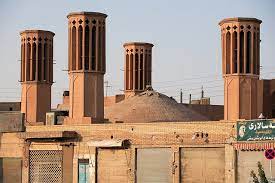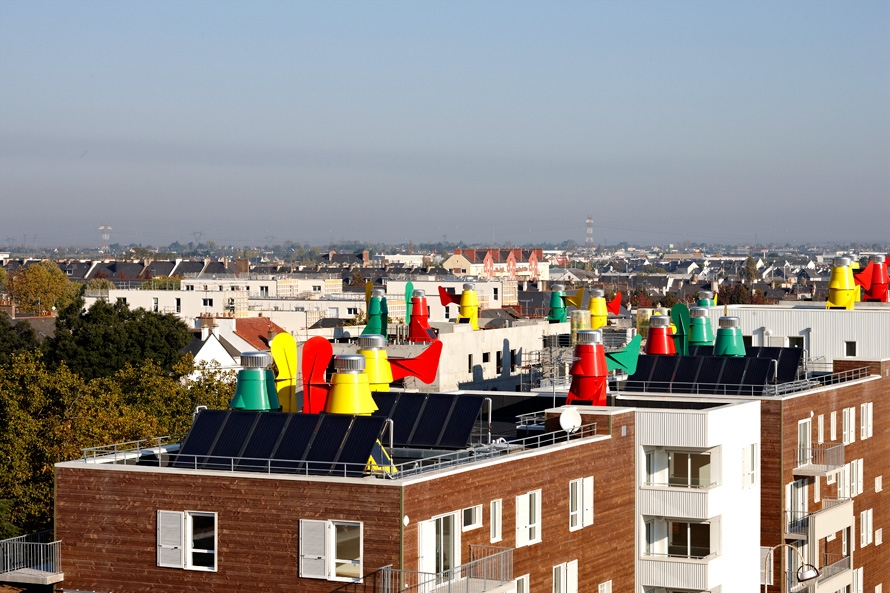Building without technology
Welcome to a world where building design is moving away from cutting-edge technology and embracing a low-tech approach to construction. More and more, architects are choosing low-energy bioclimatic solutions as alternatives to industrially-proven heating, ventilation and air-conditioning systems.
The 2226 building in Lusternau, Austria, designed by Baumschlager Eberle, stands out among these architectural feats, thanks to a comprehensive approach ranging from site planning (massing, orientation of facades) to heat recovery from the building’s equipment and machinery.
Another figurehead of frugal architecture is architect Pierre Madec, whose badgir-inspired wind towers allow entire buildings to be cooled.

The 2226 building
The design of Building 2226 was developed with an emphasis on a bioclimatic approach, taking advantage of the site’s natural conditions to optimize year-round indoor comfort. Here are the main elements of this technology-efficient design:
Orientation
The building is oriented to maximize solar gain in winter, while avoiding overheating in summer. Glazed facades are mainly south-facing to maximize winter sunlight, while glazed surfaces on the north side are reduced to minimize heat loss.
Choice of materials
High-thermal-performance materials were selected, with the emphasis on a 36 cm-thick hollow brick structure for the walls and high-quality insulation for the roof and walls. These materials contribute to the building’s thermal inertia, regulating temperature variations.
Natural ventilation
Openings are strategically placed to promote natural ventilation. Windows positioned on opposite walls allow through-air circulation, creating a pleasant sensation of coolness on hot days.
Wall-depth windows
The positioning of windows deep in the walls helps control heat gain, while vents attached to the interior are controlled by sensors to provide rooms with a pleasant temperature in both summer and winter.
Heat recovery
Waste heat from office workers’ computers, room lighting and solar radiation are sufficient to “heat” the building, optimizing energy flow management.
Building 2226 in Lusternau stands out for its innovative approach, based on bioclimatic design and sober construction. This bold architectural achievement demonstrates that it is possible to create comfortable, sustainable living spaces with the help of nature.

Mixed-use housing project in Saint-Nazaire
The quest for housing designed and built using new methods has led some architects to draw inspiration from the past to shape the projects entrusted to them. With this in mind, French architect Pierre Madec draws his inspiration from the badgirs, the ancestral wind towers, to propose a principle of generalized natural ventilation with draught effected by chimneys located on the roof.
The principle is simple and ingenious: the wind is captured by openings oriented according to the prevailing winds, then guided into ducts. These fresh air currents then flow into the building, providing pleasant, natural ventilation all year round.

With a dose of creativity and ingenuity, tomorrow’s architecture draws on the knowledge of the past to offer refreshingly low-carbon solutions!
Sources :
https://www.batiactu.com/edito/batiment-2226-41015.php
https://www.baumschlager-eberle.com/en/work/projects/projekte-details/2226-lustenau/

